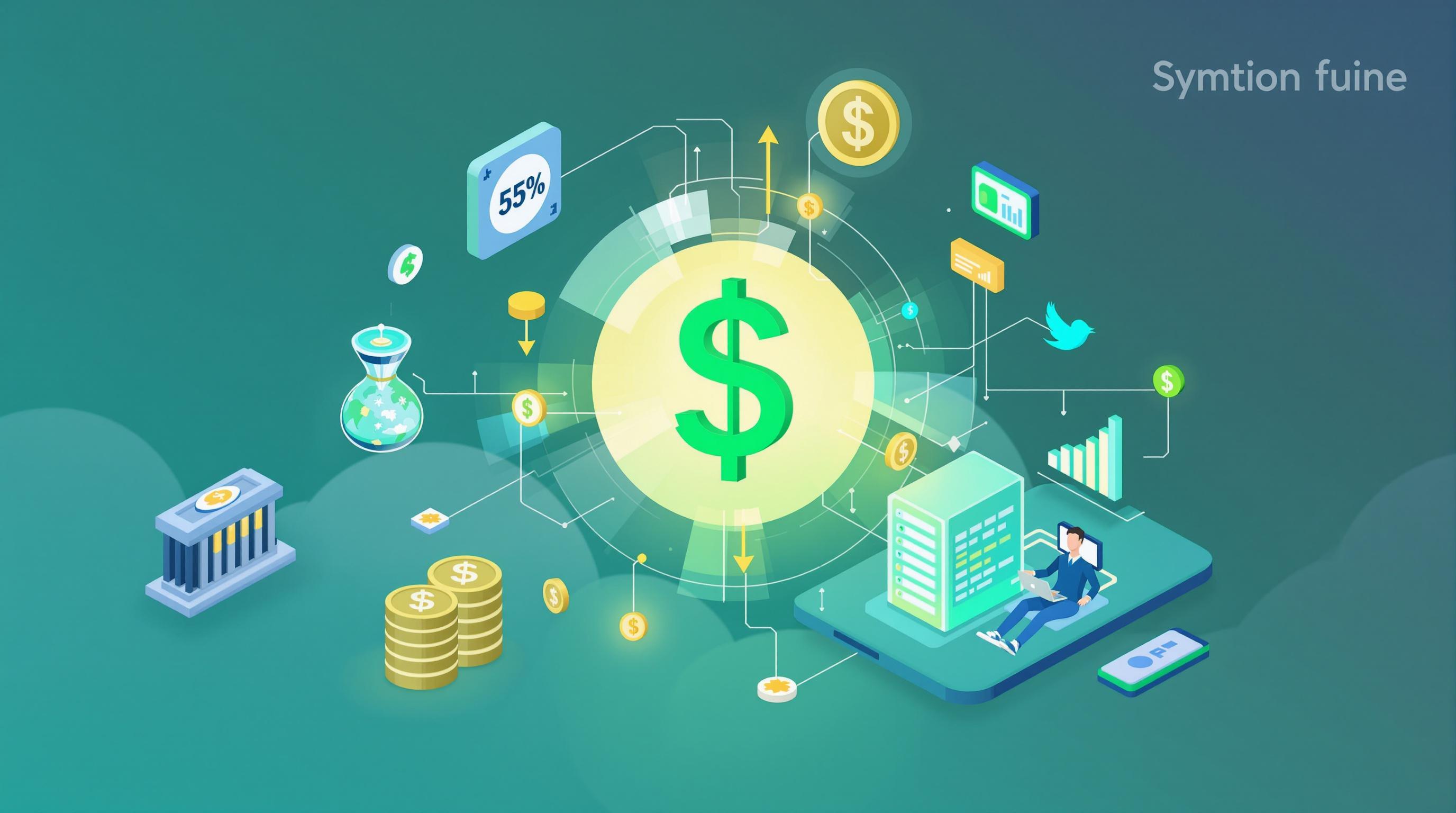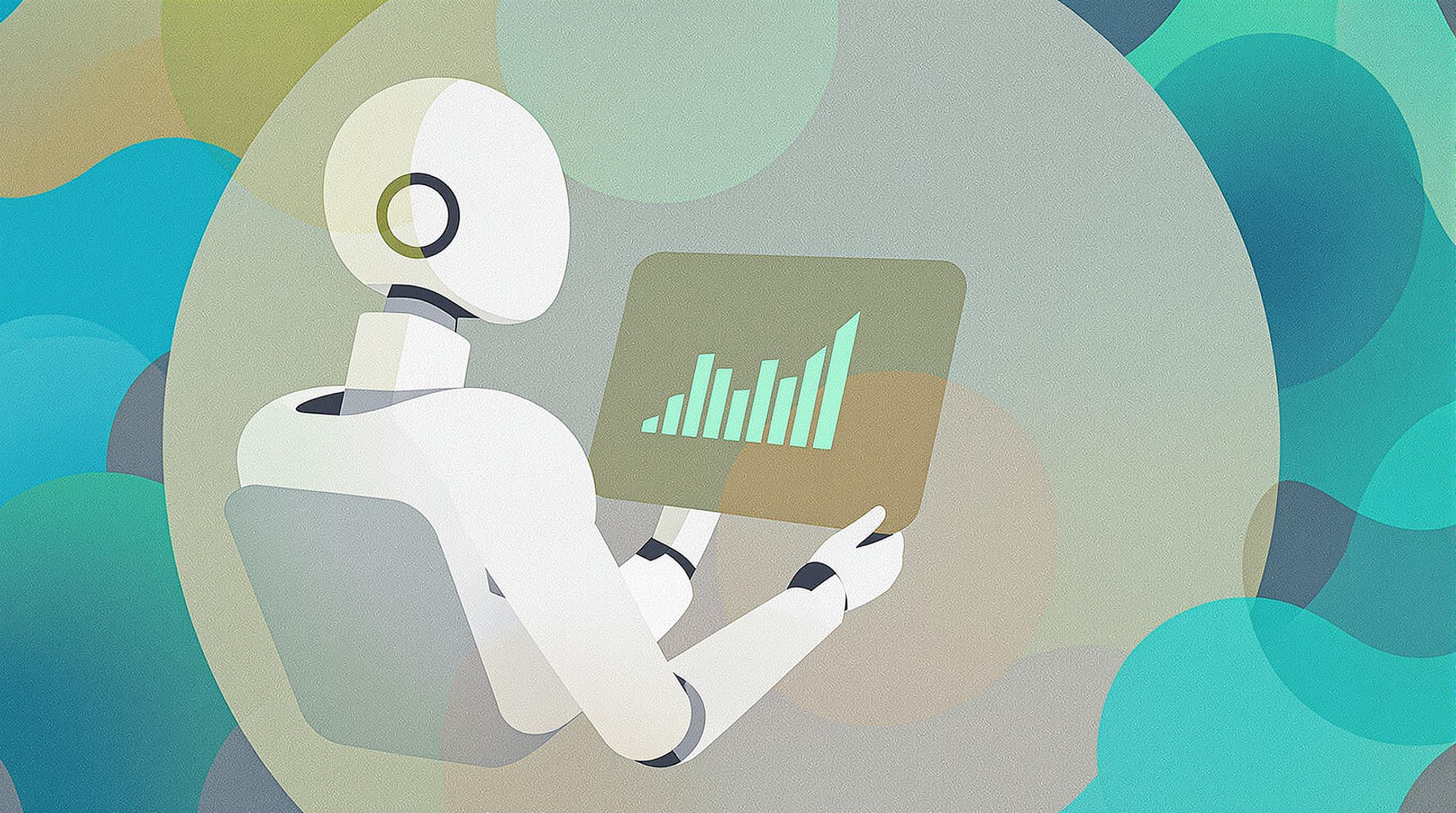Featured Articles
- 5 Emerging Technologies Revolutionizing Personal Finance Management in 2024
- 7 Best Robo-Advisors Released Since 2019 Revolutionizing Personalized Investment Strategies
- "Crypto Cats: How Feline Influencers Are Shaping the Future of Crypto Investments"
- Cryptocurrency and Climate Change: Can Digital Currencies Help Save the Planet?
- Cryptocurrency as Art: Exploring the Financial Value of Digital Creations in the NFT Market
Unseen Currents: How Micro-Donations Are Quietly Reshaping Global Economic Landscapes
Unseen Currents: How Micro-Donations Are Quietly Reshaping Global Economic Landscapes
Micro-donations, small contributions often overlooked individually, are collectively transforming the global economy by empowering social movements, fostering innovation, and fueling grassroots projects. This article explores their multifaceted impacts through diverse narratives, statistics, and case studies.
The Invisible Tide: A Fresh Look at Economic Influence
At 52 years old, having spent three decades navigating the intricacies of nonprofit financing, I’ve seen firsthand how money flows reshape our world. The quiet power of micro-donations—those modest sums given via apps, rounding up purchases, or online campaigns—has grown into an unstoppable economic force. A 2023 study by the Global Giving Forum reported that micro-donations accounted for over 15% of total charitable contributions worldwide, highlighting their increasing relevance.
Anecdotes from the Ground
Take the case of Maria, a 29-year-old graphic designer from Argentina, who started donating just $2 a week via a micro-donation app supporting education initiatives. Over five years, her small contributions, combined with thousands like hers, helped build a network of digital classrooms in rural communities. This ripple effect exemplifies how seemingly insignificant acts accelerate larger structural changes.
A Humorous Glance: Penny Wise, Pound Powerful
Imagine if every person decided to throw their spare change into a global digital piggy bank—suddenly, your forgotten $0.50 from the coffee shop isn't just spare change; it’s micro-might! Some economists jokingly call micro-donors the "invisible superheroes" who save the day without cape or fanfare.
Numbers Don’t Lie: The Statistical Surge
According to the Charitable Giving Index 2024, micro-donations have surged by 40% in the past five years, particularly among millennials and Gen Z, who prefer digital wallets over physical currency. These demographics prioritize ethical consumerism, and the ease of contributing just a few dollars aligns perfectly with their lifestyles.
Case Study: The Rise of Crowdfunding Giants
Platforms like GoFundMe and Kickstarter have democratized philanthropy and investment by harnessing millions of micro-donations. Kickstarter reports that projects backed by small donors have raised more than $6 billion globally since inception, enabling innovators and creators who might otherwise be ignored by traditional investors.
Conversational Insight: Why I Started Giving My Change
"I used to think my $1 contributions were pointless," a friend confessed over coffee last year. "But when I saw the impact reports, I realized my pennies were part of something bigger." This casual epiphany mirrors millions' awakening to micro-donations’ potential, highlighting how personal narratives amplify collective change.
The Political Economy of Tiny Giving
Micro-donations have even transformed political landscapes, as campaigns raise significant funds from hundreds of thousands of small donors rather than a handful of wealthy patrons. Bernie Sanders’ 2016 presidential bid famously leveraged this strategy, drawing in an average donation of $27 and mobilizing grassroots enthusiasm that redefined campaign finance models (Source: The New York Times, 2016).
Technological Enablers: Apps and Automation
Technological innovations facilitate micro-donations by embedding them into everyday activities. Apps that round up purchases to the nearest dollar and donate the spare change (like Acorns and Chime) have created seamless giving experiences. This automation reduces donor fatigue and normalizes philanthropy as a routine habit.
Storytelling: From Spare Change to Social Change
Remember the story of Jamal, a student from Kenya, whose scholarship fund was bolstered by micro-donations through a university campaign? His narrative, shared widely on social media, inspired thousands to contribute small amounts, culminating in full tuition coverage and sparking a larger movement to support underprivileged students globally.
Challenges and Critiques
While micro-donations offer exciting possibilities, critics caution that small contributions can perpetuate dependency on constant giving without structural solutions. Others argue the “feel-good” factor might overshadow the hard work of policy reform. Nonetheless, many agree that micro-donations serve as a gateway to deeper civic engagement.
Future Outlook: Potential and Pitfalls
Looking ahead, the scope of micro-donations extends beyond charity into areas like climate action and community resilience. The rise of cryptocurrencies also poses new opportunities and risks for micro-giving, necessitating robust regulation to ensure transparency and efficacy.
Conclusion: The Quiet Revolution
In sum, micro-donations represent a subtle but potent economic undercurrent reshaping how money fuels change across the globe. From grassroots education projects to groundbreaking political campaigns, their collective force testifies to a paradigm shift where small acts wield big impact.




